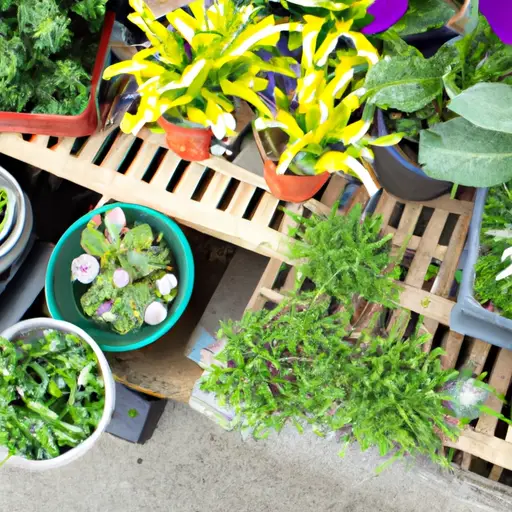Choosing the Right Containers for your Plants in Container Gardening
Container gardening is a popular way to bring the beauty of nature into small spaces, such as balconies, patios, or even indoor areas. One of the most crucial aspects of successful container gardening is choosing the right containers for your plants. The choice of containers can greatly impact the health and growth of your plants, so it’s important to consider some key factors before making your selection.
Size and Depth
The first consideration when selecting containers for your plants is size. The size of the container directly affects how much soil is available for the roots to grow and spread. Generally, larger containers are better as they provide more space for root development and allow for better water retention.
Moreover, it’s crucial to consider the depth of the container. Different plants have different root structures, and some require deeper pots to accommodate their growth. For example, tomatoes and other vegetables typically have extensive root systems and therefore would benefit from deeper containers compared to herbs or flowers.
Material
The choice of material for your containers not only impacts their aesthetic appeal but also affects their durability and ability to regulate temperature and moisture levels. Some common container materials include clay or terracotta, plastic, wood, metal, and fiberglass.
Clay or terracotta pots are popular due to their natural look but tend to dry out quickly as they are porous. Plastic pots are lightweight, affordable, retain moisture well, but can deteriorate under prolonged sun exposure. Wood containers provide good insulation but may rot over time if not properly treated against moisture.
Metal containers may overheat in direct sunlight but are durable and offer a contemporary look. Fiberglass pots are lightweight yet sturdy while providing excellent insulation properties.
Drainage
Proper drainage is crucial in container gardening as excess water can cause root rot or other issues that may harm your plants’ health. Look for pots with drainage holes at the bottom to allow excess water to escape. If you choose a decorative pot without drainage holes, it’s essential to create a layer of pebbles or gravel at the bottom to prevent waterlogging.
Considerations for Specific Plants
Different plants have varying requirements for container size and material. For example, herbs and smaller flowers can thrive in shallow containers, while larger vegetables and fruit trees typically require deeper pots.
Additionally, certain plants have specific needs that should be considered when choosing containers. For instance, succulents prefer well-draining soil, so selecting a porous material like clay would be beneficial. On the other hand, moisture-loving plants like ferns may thrive better in plastic or ceramic pots that retain moisture.
Final Thoughts
Choosing the right containers for your plants is essential for successful container gardening. Consider the size and depth required by your plants, the material that best suits their needs, and ensure proper drainage for healthy growth. By carefully selecting containers that align with your plants’ requirements, you can create a vibrant and thriving garden regardless of limited space.














